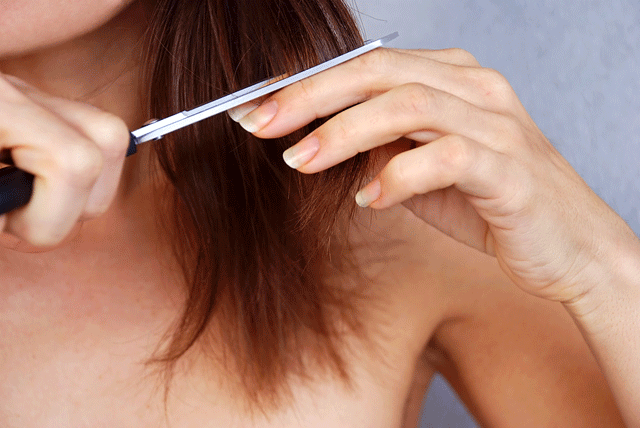Bump beauty: Understanding postpartum hair loss
What causes postpartum hair loss, and can it be minimised or prevented?
“My hair was glowing and growing during pregnancy but since I gave birth, it’ been falling out in clumps,” my friend told me when we were chatting about our pregnancies. I thought: that wouldn’t happen to me; I have way too much hair to even notice if any of it went missing!
And then at my first postpartum appointment, my hairdresser nonchalantly said, “I see your hair’s falling out in front”. Sorry, what? But it was true – the sides of my beloved middle part showed signs of hair loss.
Armed with hair growth shampoo and postpartum prayers, I had hopes of an overnight cure. But it took time to regrow, and I was lucky because my otherwise thick hair easily concealed those pesky flyaways.
What causes this hair loss after pregnancy? Dr Temi Awotedu, a dermatologist based in Centurion, answers a few of our questions.
How common is hair loss in pregnancy?
We’re not alone! “Postpartum hair loss (telogen effluvium) occurs in up to 40-50% of women; note that shedding 100 hairs or less is normal for everyone,” says Dr Awotedu.
What causes postpartum hair loss?
“During pregnancy, hormones promote hair growth and stop it from falling out. After giving birth, your oestrogen level is back to normal and you start to shed excessively,” explains Dr Awotedu. You may notice this shedding about three months after giving birth.
Are there ways to prevent or to reduce it?
“There is no way to prevent it as it is normal human physiology,” she says, adding that “protecting one’s hair by avoiding high tension hairstyles and avoiding extensive manipulation of the hair will allow the hair to regrow in a favourable environment”. Can hair care products make hair loss worse? Not likely, says Dr Awotedu; certain hairstyles that cause tractions are more likely to be responsible.
Will the hair grow back?
Most likely, says Dr Awotedu: “As the hormonal levels stabilise postpartum, the hair often spontaneously regrows by the child’s first birthday”.
When is it necessary to see an expert?
Dr Awotedu explains that very few patients experience scalp sensitivity but when the hair loss causes significant distress and when there are any associated scalp issues (such as tenderness, itchiness and patchiness), it’s best to speak to a dermatologist.
How to style around awkward regrowth
- Consider a new style. A haircut might be too overwhelming when you’ve just gone through a major life change, but perhaps a new, low-maintenance style is just what you need. Chat to your stylist about which styles work best to conceal the areas in which you’ve experienced hair loss – it may be as simple as switching from a side part to a middle part!
- Pick new products. Opt for lightweight shampoos and conditioners that won’t weigh your hair down. Volumising products may help create an illusion of fuller, thicker hair while you wait for it to regrow. Wait until your hair has time to strengthen before you consider chemical treatments.
- Halt the heat. Minimise your use of heated styling tools as these can contribute to damage if used too frequently. Where possible, set your hairdryer to the cool setting instead, and apply a heat protectant before you apply heat to your hair (even after it grows back).
- Gently does it. Ensure you don’t tug at your hair when detangling or brushing it. If you don’t already own a detangling brush, now’s the time to consider it.
- The great disguise. Cover up awkward regrowth with fun hair accessories like headbands and scarves. They might not bring your hair back, but they’ll make you look (and feel) good.



